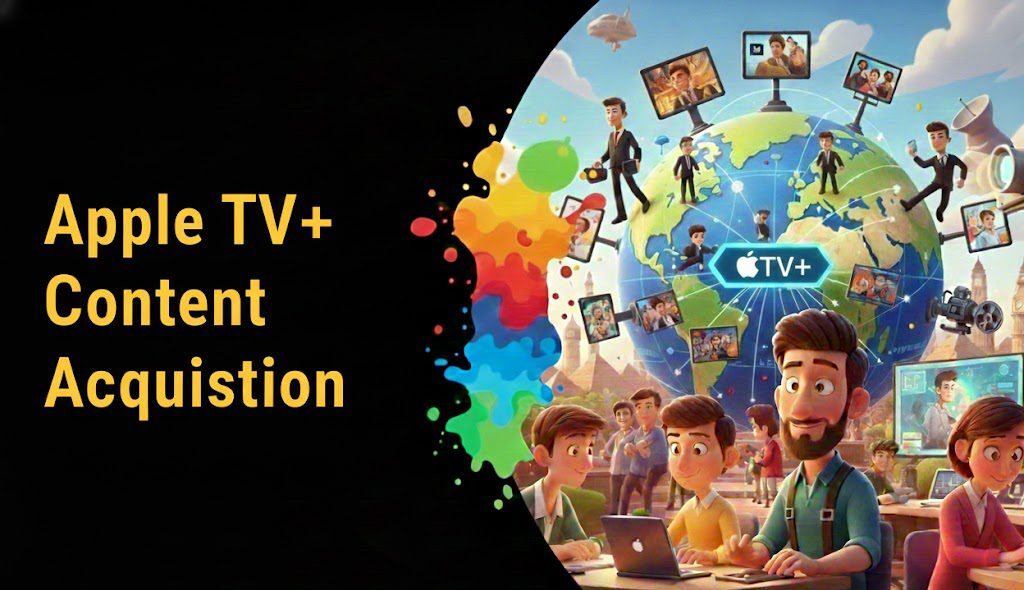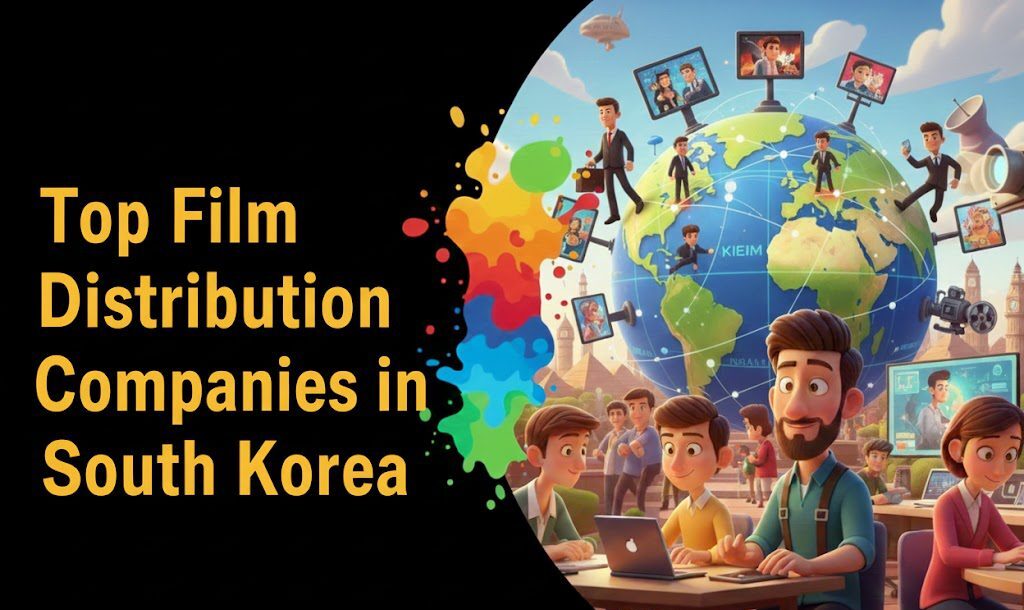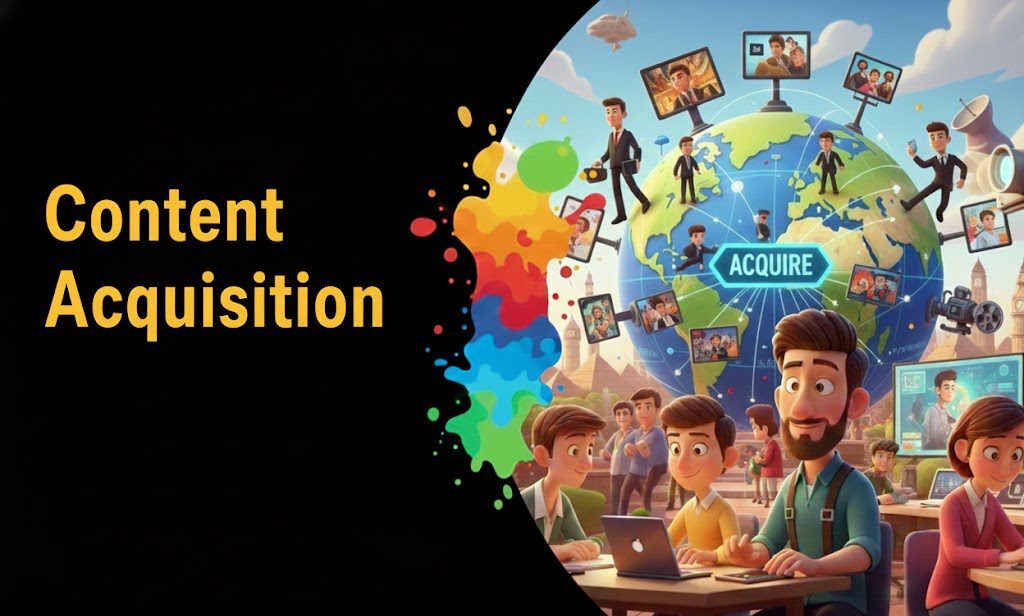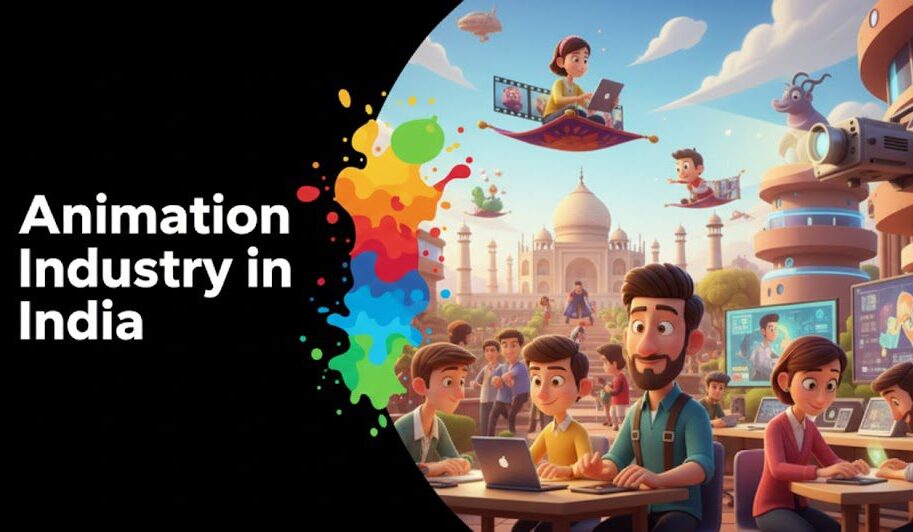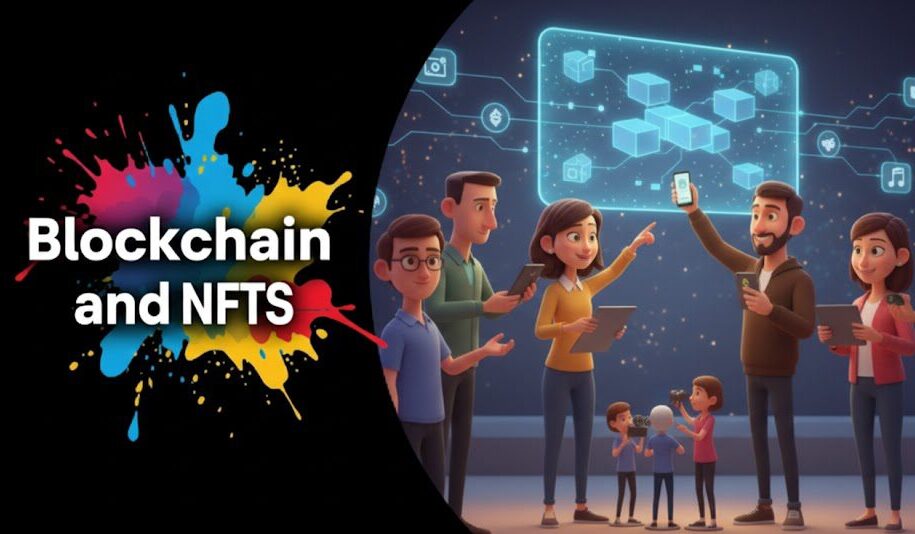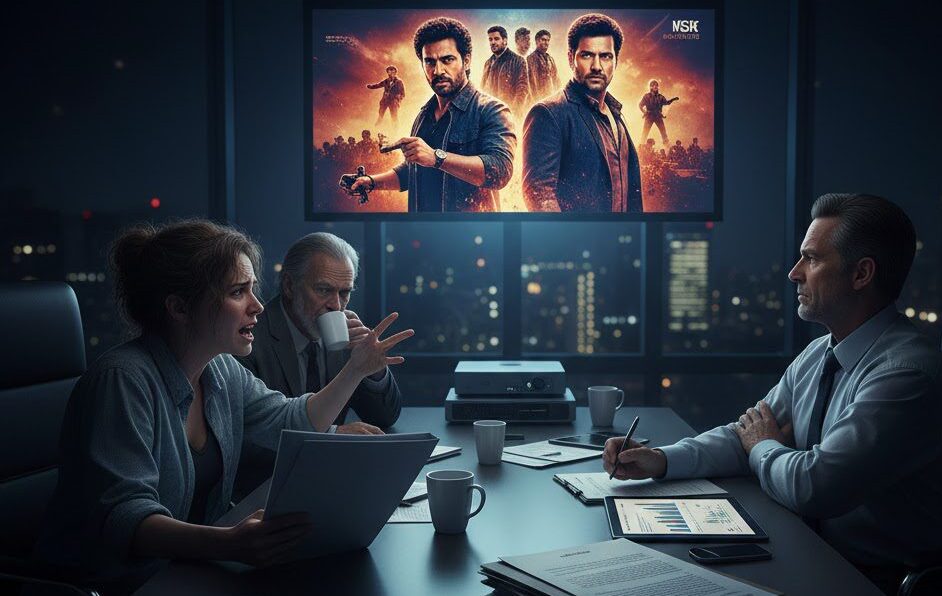Right 2D & 3D Animation
In the world of filmmaking, animation is a powerful tool that can bring stories to life in unique and captivating ways. Whether you are producing a feature film, a short film, or any other visual content, choosing the right animation studio is crucial to the success of your project. This guide will help filmmakers navigate the process of selecting the perfect 2D or 3D animation studio, covering essential considerations, industry insights, and expert tips.
Understanding Your Animation Needs
Before diving into the selection process, it’s crucial to understand your specific animation needs. The type of animation you choose will significantly impact your project’s final look, feel, and budget.
Types of Animation
- 2D Animation: Characterized by its flat, two-dimensional appearance, 2D animation is often used for traditional cartoons, explainer videos, and stylized storytelling.
- 3D Animation: Offers a more lifelike and immersive experience with three-dimensional characters and environments, commonly used in feature films, video games, and high-end commercials.
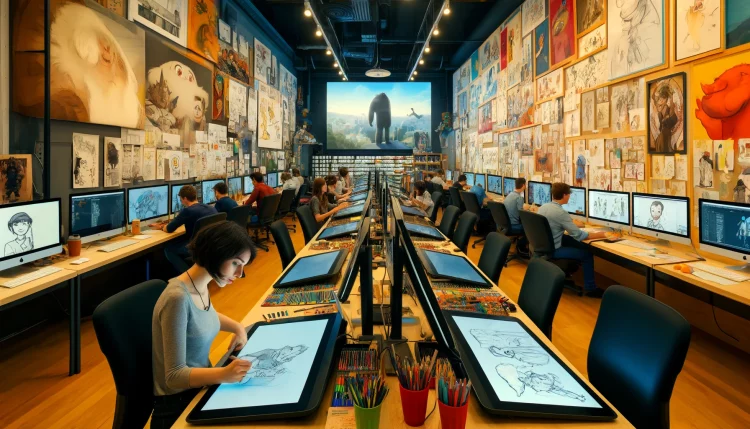
Looking for Global Animation Projects?
Create Your FREE profile on Vitrina!
Promote your animation expertise to production studios worldwide by creating a custom company profile on Vitrina.
- Showcase your projects, clients, and services to companies across 100+ countries.
- Discover projects and buyer interests that match your offerings.
- Connect directly with global studios interested in 2D, 3D, AI-driven animation services, and more.

Project Requirements
Define the specific requirements of your project:
- Length and Complexity: How long is your animation? What is the complexity of the scenes?
- Style and Tone: What visual style and tone do you envision?
- Target Audience: Who are you creating this animation for? Understanding your audience’s preferences can guide your choice of studio.
Audience Expectations
Consider what your audience expects from your animation:
- Visual Quality: High-quality visuals can significantly impact audience engagement.
- Narrative Style: Ensure the studio can deliver a storytelling style that resonates with your audience.
Differences Between 2D and 3D Animation
Choosing between 2D and 3D animation involves understanding their fundamental differences.
Visual Style
- 2D Animation: Offers a stylized, hand-drawn look that can be more whimsical and expressive.
- 3D Animation: Provides a realistic, immersive experience with detailed environments and characters.
Cost
- 2D Animation: Generally less expensive than 3D due to lower production costs.
- 3D Animation: Higher costs due to more complex software, longer production times, and higher labor intensity.
Production Time
- 2D Animation: Typically faster to produce, especially for simpler projects.
- 3D Animation: Requires more time for modeling, texturing, and renderin
Looking for Trusted Animation Studios?
Get a FREE List of Experts in your region!
Easily find and compare verified animation studios as per your project requirements
- Discover 2D, 3D, and AI-enhanced animation studios with proven experience.
- Compare vendors by clients, projects, and capabilities.
- Connect with trusted, verified studios across 100+ countries.

Clear project scope and budget are critical for a successful collaboration with an animation studio.
Project Size
Identify the scale of your project:
- Short Films and Commercials: Usually involve less complexity and shorter production times.
- Feature Films and Series: Require extensive planning, larger budgets, and longer production timelines.
Budget Constraints
Determine your budget constraints:
- Initial Budgeting: Set a realistic budget based on your project’s requirements.
- Funding Sources: Consider various funding sources such as grants, investors, or crowdfunding.
Post-production support is essential for ongoing maintenance and updates.
Ongoing Support
Ensure the studio offers ongoing support:
- Technical Support: Technical support for any issues.
- Updates: Updates and maintenance as needed.
Maintenance
Plan for maintenance needs:
- Regular Maintenance: Regular maintenance to ensure the animation remains up-to-date.
- Bug Fixes: Quick resolution of any bugs or issues.
Updates and Revisions
Account for updates and revisions:
- Revisions: Reasonable number of revisions included in the contract.
- Future Updates: Support for future updates if required.
Learn from successful animation projects.
Examples of Successful Collaborations
Study examples of successful collaborations:
- Project Highlights: Highlights of successful projects.
- Client Testimonials: Client testimonials and feedback.
Lessons Learned
Learn from their experiences:
- Challenges: Challenges faced and how they were overcome.
- Success Factors: Key factors that contributed to success.
Best Practices
Adopt best practices from successful projects:
- Planning: Importance of thorough planning.
- Communication: Effective communication and collaboration.
Summary
Choosing the right 2D or 3D animation studio is a critical decision that can make or break your film project. By understanding your animation needs, thoroughly researching potential studios, and evaluating their portfolios, expertise, and client feedback, you can find a studio that aligns with your vision and delivers high-quality results. Remember to communicate effectively, establish clear contracts, and plan for post-production support to ensure a successful collaboration. With careful planning and consideration, you can bring your animated film project to life in a way that captivates and engages your audience.
Consider factors such as the studio’s experience, portfolio, client testimonials, technical expertise, communication skills, and their creative process. Ensure they have the capability to handle your project requirements and meet your budget constraints.
Review their portfolio, watch their previous work, and read client reviews to assess the quality of their work. Pay attention to the quality of animation, creativity, technical execution, and consistency in delivering high-quality projects.
2D animation has a flat, two-dimensional look, often resembling hand-drawn or vector-based artwork. It is generally faster and less expensive to produce. 3D animation offers a more realistic, three-dimensional appearance with detailed characters and environments, but it is more time-consuming and costly to create.
Define your project’s scope, length, complexity, and specific requirements. Research industry rates for similar projects, consider funding sources, and set a realistic budget that includes contingencies for unexpected expenses.
Include clear terms outlining responsibilities, deliverables, payment terms, intellectual property rights, confidentiality agreements, and timelines. Make sure to address revisions, quality control, and post-production support to protect your interests.


























